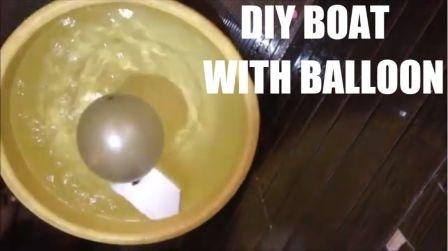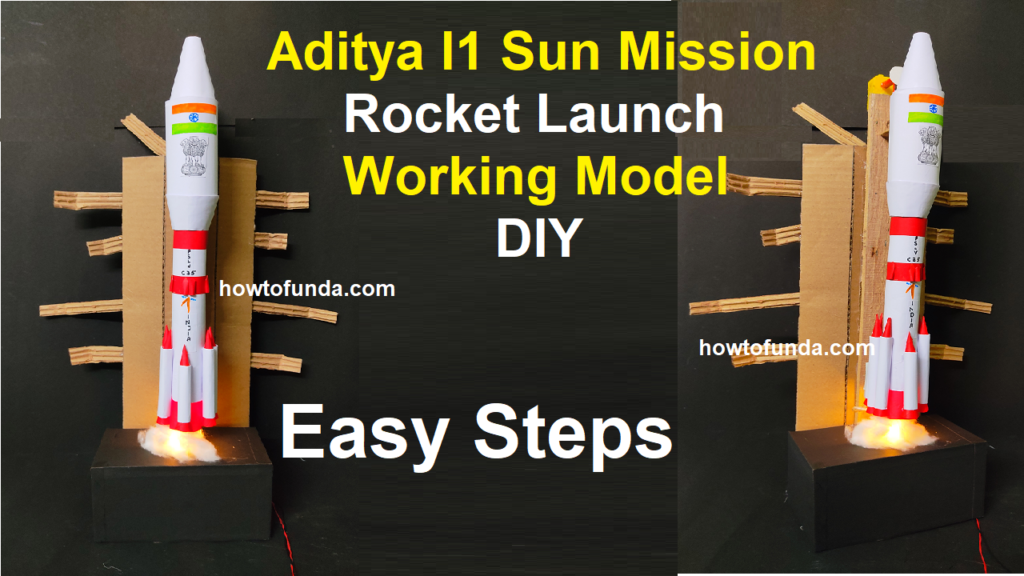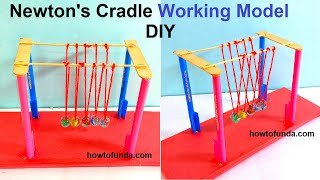Here are 10 science project ideas related to Newton’s laws of motion that are suitable for school projects. These projects cover various aspects of the laws of motion and can be adapted for different grade levels:
1. Balloon Car

- Objective: Demonstrate Newton’s Third Law of Motion (action and reaction).
- Description: Build a small car powered by a balloon. Measure and compare how far the car travels with varying balloon sizes or by adjusting the weight of the car.
2. Egg Drop Experiment

- Objective: Explore Newton’s First Law of Motion (inertia) and impact forces.
- Description: Design and construct a device to protect an egg from breaking when dropped from a height. Test and modify the design to minimize the forces acting on the egg upon impact.
3. Roller Coaster Physics
- Objective: Investigate Newton’s Second Law of Motion (F=ma) and energy conservation.
- Description: Build a miniature roller coaster using foam tubes or cardboard. Experiment with different heights and track designs to observe how they affect the speed and acceleration of a marble or small car.
4. Collision Experiments
- Objective: Study conservation of momentum and Newton’s Third Law of Motion.
- Description: Set up experiments with toy cars on a track or use marbles on a flat surface to simulate collisions. Measure velocities before and after collisions to analyze momentum transfer.
5. Inclined Plane Investigation
- Objective: Demonstrate Newton’s Laws of Motion on an inclined plane.
- Description: Construct an inclined plane with adjustable angles. Roll objects down the ramp and measure their acceleration and distance traveled. Discuss how gravity and friction affect motion.
6. Force and Acceleration
- Objective: Investigate the relationship between force and acceleration.
- Description: Use a spring scale and various masses to measure the force applied to a toy car. Record the resulting acceleration and analyze the relationship using Newton’s Second Law.
7. Rocket Launch

- Objective: Explore Newton’s Third Law with a rocket launch.
- Description: Build a small water rocket using a plastic bottle and launch pad. Measure the height reached by the rocket and explain how the expulsion of water creates an equal and opposite reaction.
8. Pendulum Swing
- Objective: Study periodic motion and gravitational forces.
- Description: Construct a pendulum using a string and a weight (like a bob or a small object). Measure the swing period for different lengths of string and discuss the factors affecting the pendulum’s motion.
9. Projectile Motion Simulation
- Objective: Explore the principles of projectile motion.
- Description: Use a slingshot or catapult to launch objects at different angles. Measure the distance traveled and calculate the range of the projectile. Discuss how initial velocity and launch angle affect motion.
10. Newton’s Cradle

- Objective: Demonstrate conservation of momentum and energy transfer.
- Description: Build or use a Newton’s Cradle apparatus with metal balls suspended on strings. Observe and describe how the collision and transfer of momentum between balls demonstrates Newton’s laws.
These projects provide engaging opportunities for students to explore and understand Newton’s laws of motion through practical experiments and demonstrations, fostering a deeper appreciation for fundamental physics principles. Adjust the complexity and scope of each project based on the grade level and resources available.

